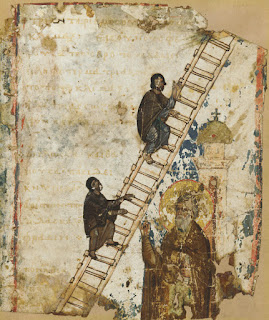1771. So also I acquired these etchings, this collection of books and almost everything else you see in my office here, the result of fifty years of accidental collection. My brother who has a similar establishment in Utica fifty miles away has no such good luck, this is all the result of living in a town with a huge University, and the absent-minded professor types the place generated by the dozens.
1772. It is the University that has created my collection; except for that part that is the result of the years I spent cleaning out attics and basements, when I was a younger man.
1773. You ask me if I should return these things to their rightful owners if I am a scrupulously honest man as I am sure I appear to be to you, but it is out of the question. You know what I am like? I am like that poor person who gets a job taking care of an old invalid whom nobody wants to go visit. She attends to all of the old woman’s needs and in idle moments she listens patiently to the ladies rambling reminisces and adds her own observations just to show she cares.
1774. Then the old woman dies, who happens to be rich and she leaves everything to her attendant who has shown her attention in her last days; if the young woman was sincere is hardly the issue. But the family brings a lawsuit against her as if she was a worker in an old folks home caught with missing jewelry in her possession. But we want her to win the lawsuit, and we want the family to lose because it’s simple justice.



















































